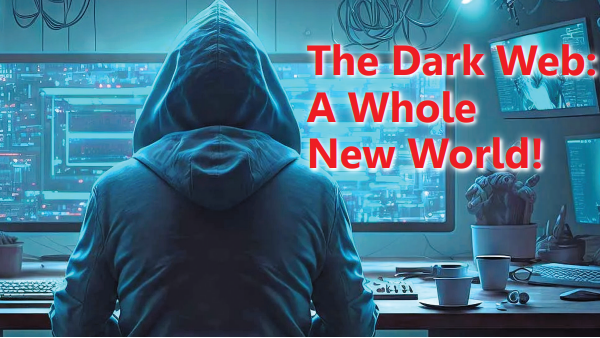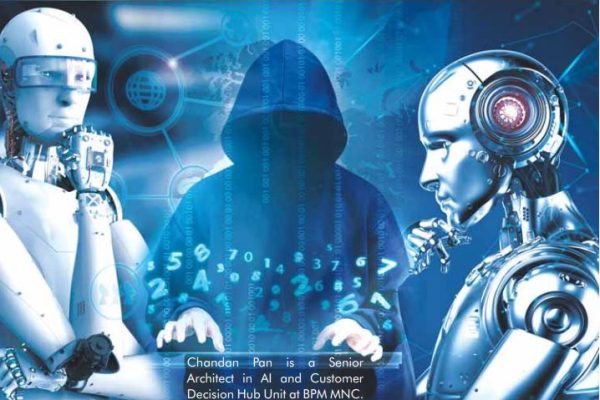
The Dark Web: A Whole New World! -Ivor Vaz
The dark web is a small, less accessible part of the deep web, and makes up a tiny portion of the World Wide Web. To access the dark web, users need to install a private browser like Tor, use a Virtual Private Network (VPN), and use search engines designed to find hidden sites. And since…


